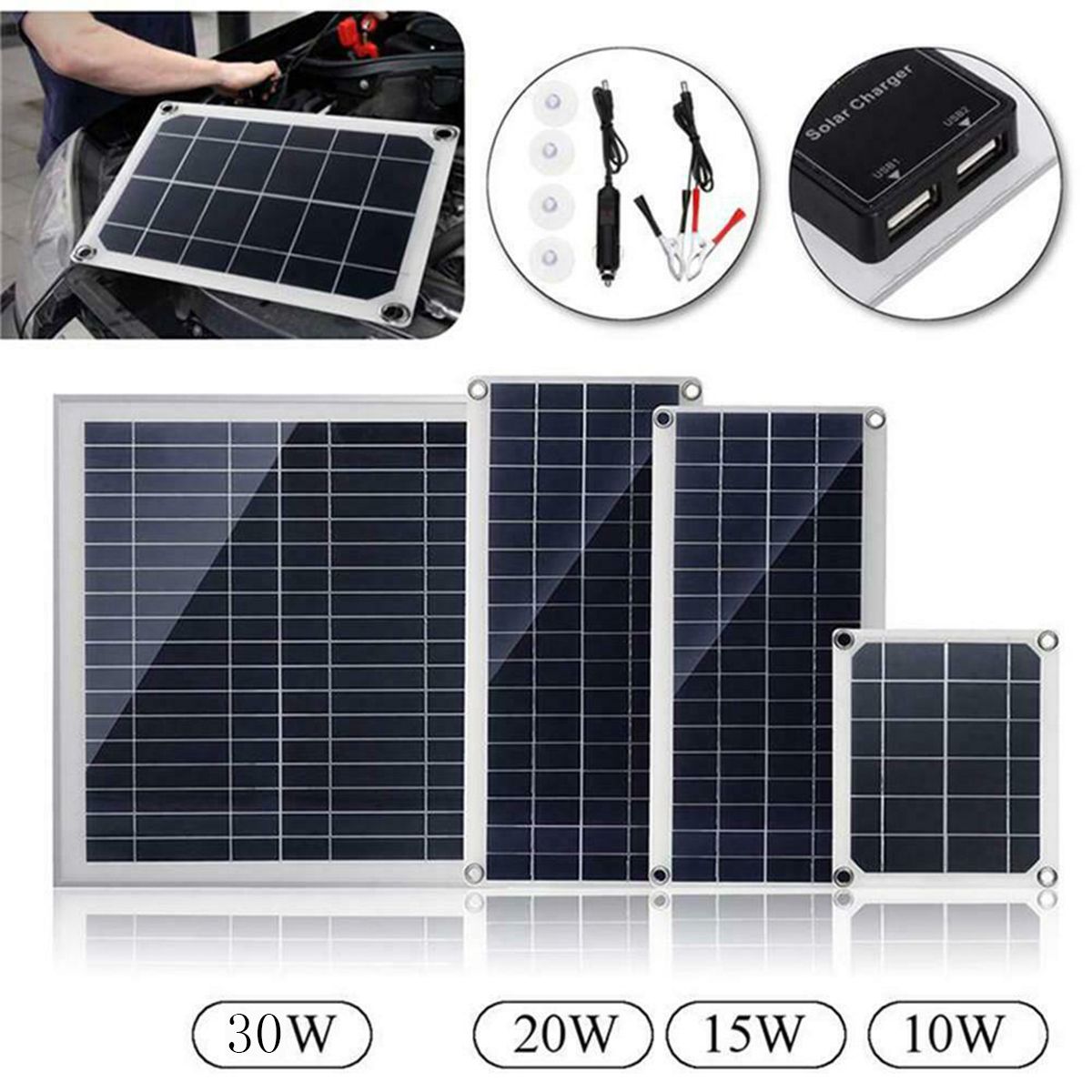How Monocrystalline Silicon Solar Panels Different From Polycrystalline

This silicon is then cooled and finally sliced into square wafers creating the polycrystalline shape.
How monocrystalline silicon solar panels different from polycrystalline. Here are some of the disadvantages to polycrystalline solar cells. You would need a much larger array of polycrystalline panels to produce the same amount of energy than if you used monocrystalline which may not work for households with limited roof space. It avoids silicon waste. The higher efficiency of monocrystalline solar panels means that they require less space to reach a given power capacity.
The main difference between the two technologies is the type of silicon solar cell they use. So monocrystalline solar panels will usually have a higher power output rating than either polycrystalline or thin film modules. Whereas the solar cells of polycrystalline panels have multiple silicon fragments. High temperatures have less negative effects on efficiency compared with monocrystalline cells.
Polycrystalline are also known as multi crystalline solar panels and unlike monocrystalline solar panels the melted silicon to produce them is poured into a square mould. The main difference between the two technologies is the type of silicon solar cell they use. Polycrystalline panels have about 13 to 16 efficiency while monocrystalline panels have an efficiency rate of anywhere from 15 to 20. If the color of your solar roof matters to you you should know that monocrystalline vs.
The solar cells of monocrystalline panels have a single crystal of silicon. Monocrystalline solar panels have solar cells made from a single crystal of silicon while polycrystalline solar panels have solar cells made from many silicon fragments melted together. Here are some of the advantages of polycrystalline solar cells. Polycrystalline solar panels will appear somewhat differently in terms of color.
















































